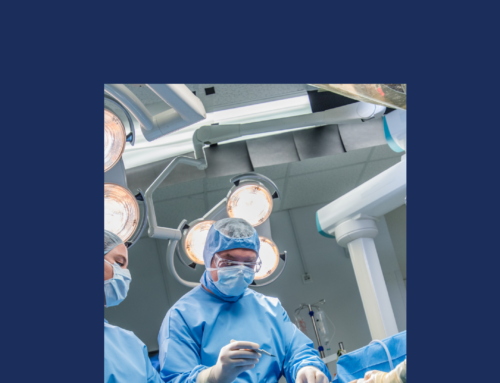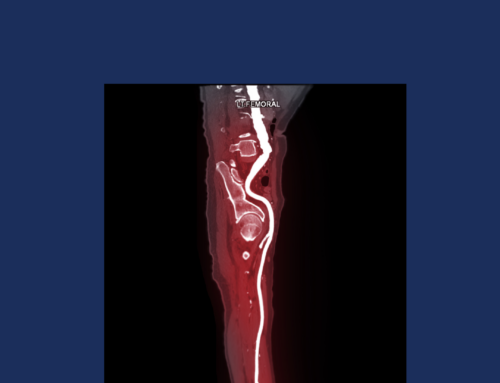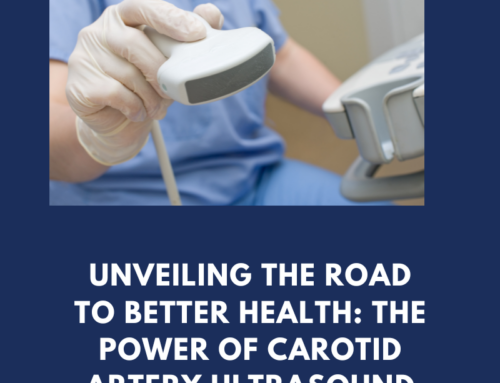Genicular Artery Embolization (GAE)

Genicular Artery Embolization (GAE)
Genicular artery embolization (GAE) is an interventional radiology procedure used to treat knee pain due to osteoarthritis. The procedure minimizes the flow of blood to the knee lining (synovium). Osteoarthritis causes the bones in the knee joint to rub each other, creating friction. This leads to increased flow of blood to the knee due to inflammation. Genicular artery embolization (GAE) is a relatively new and effective minimally invasive procedure that is ideal for people with;
- Mild to severe knee osteoarthritis
- People who have not responded to medication, injections, and therapy
- People who are not read to undergo partial or complete knee replacement surgery
While the procedure does not treat the underlying cartilage damage, it effectively treats the symptoms associated with knee arthritis. Additionally, unlike knee surgery, physical therapy is unnecessary after undergoing the Genicular artery embolization (GAE) procedure.
Genicular artery embolization (GAE) is an outpatient procedure performed with moderate ‘twilight’ sedation, meaning that the patient does not need to speed the night in the hospital. The surgeon usually uses x-ray imaging to make an incision in the groin to access the femoral artery. After making the incision, the surgeon will insert a catheter into the femoral artery, which carries the blood to your knee lining.
The catheter injects tiny beads into the arteries to block them and reduces blood flow to the area of inflammation. Reduced blood flow alleviates inflammation, pain, and discomfort associated with knee osteoarthritis (OA). During the procedure, the surgeon usually views the patient’s leg images in real-time, making them precise and effective. The procedure does not take long when compared to other knee surgeries. While the Genicular artery embolization (GAE) length mainly depends on the damage extent, it takes about 1-2 hours to complete the procedure.
Before the procedure, your doctor will brief you on everything you need to know about the procedure. Your doctor will ask you questions regarding your previous surgeries, current/previous medical conditions, and if you are taking any medications. If you take blood-thinning medications or products containing aspirin, the doctor will also issue instructions on discontinuing the medication before the Genicular artery embolization (GAE ) procedure.
You are advised to reach the medical facility early enough to prepare for the procedure. The doctor will ask you to remove the clothes over your knee area and to wear a gown. You will also receive sedation to reduce any discomfort or pain associated with the procedure. The procedure does not require general anesthesia, meaning you will be awake during the procedure. The sedative works to numb the affected area only. It will help if you bring a relative or friend to drive you home after the procedure. It takes time for the sedative to wear out. Of course, you would not want to drive while your leg is partly numb.
Genicular artery embolization (GAE ) procedure, meaning that you will return home the same day. Typically, you will start experiencing pain and discomfort relief in 2-3 weeks as the inflammation of the knee lining reduces. While some patients have reported pain relief almost immediately after the procedure, it is not always the case.





